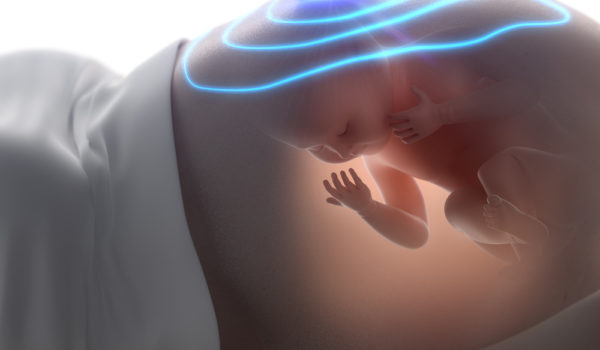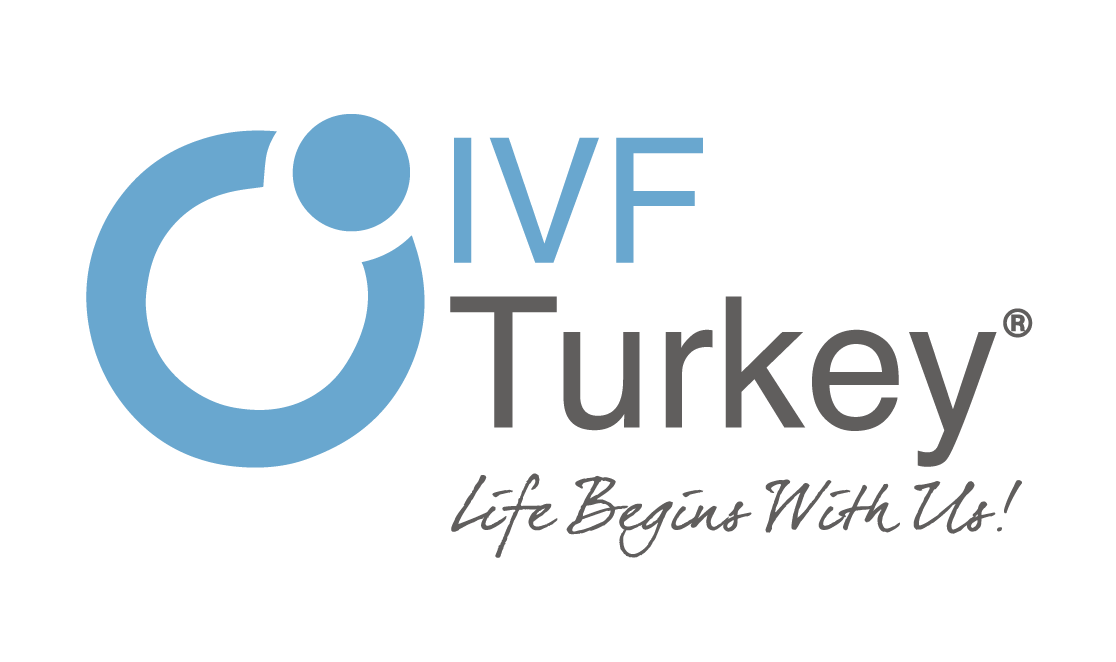Frozen Embryo Transfer (FET) is a critical component of Assisted Reproductive Technology (ART) that has revolutionized the field of fertility treatment. It offers an effective solution for individuals and couples struggling with infertility or other reproductive challenges. In this article, we will explore the intricacies of Frozen Embryo Transfer, its benefits, and how it has transformed the landscape of fertility treatments.


Understanding Frozen Embryo Transfer
Frozen Embryo Transfer is a medical procedure wherein previously cryopreserved embryos are thawed and transferred into the uterus of a woman with the aim of achieving pregnancy. This technique has gained popularity for several reasons:
- Preservation of Excess Embryos: Fertility treatments often yield more embryos than can be used in a single cycle. FET allows for the preservation of these excess embryos, reducing the need for repeated ovarian stimulations and egg retrievals.
- Increased Success Rates: By selecting the highest-quality embryos during the fresh IVF cycle and freezing the rest, FET can improve the chances of a successful pregnancy. This is because the uterine lining is not adversely affected by the drugs used in the IVF process.
- Timing Flexibility: FET offers flexibility in scheduling embryo transfers, allowing healthcare providers to optimize the timing to align with the woman’s natural menstrual cycle, leading to higher success rates.
The FET Process
The Frozen Embryo Transfer process involves several key steps:
- Embryo Cryopreservation: After the in vitro fertilization (IVF) procedure, excess embryos are cryopreserved through vitrification, a rapid-freezing technique that minimizes ice crystal formation and damage to the embryos.
- Thawing of Embryos: When the decision to proceed with an FET is made, the cryopreserved embryos are thawed under controlled conditions to ensure their viability.
- Uterine Preparation: The woman’s uterine lining is prepared for embryo transfer using hormone therapy. The goal is to create an optimal environment for embryo implantation.
- Embryo Transfer: Once the uterine lining is deemed suitable, one or more thawed embryos are carefully transferred into the woman’s uterus via a thin catheter.
- Monitoring and Pregnancy Testing: After the embryo transfer, the woman is monitored closely for signs of pregnancy. A blood test is usually conducted around two weeks post-transfer to confirm pregnancy.
Benefits of Frozen Embryo Transfer
- Increased Success Rates: FET has been associated with improved pregnancy success rates. The ability to select the best-quality embryos for transfer and optimize the timing of the procedure contributes to this success.
- Reduced Stress and Physical Demands: FET eliminates the need for repeated ovarian stimulation and egg retrieval, which can be physically and emotionally taxing. It allows for a more gentle and patient-friendly approach to fertility treatment.
- Cost Savings: By avoiding the need for fresh IVF cycles and additional ovarian stimulation, FET can be a cost-effective solution for couples seeking fertility treatment.
- Lower Risk of Multiple Pregnancies: FET allows for the transfer of a single embryo, reducing the risk of multiple pregnancies, which are associated with higher maternal and neonatal health risks.
Conclusion
Frozen Embryo Transfer has become a cornerstone of modern fertility treatments, offering individuals and couples facing infertility a promising path to parenthood. Its benefits include increased success rates, cost savings, and a more patient-friendly approach. As advancements in ART continue to evolve, FET remains a vital tool in helping individuals achieve their dream of becoming parents. If you are considering fertility treatment, consulting with a reproductive specialist can help you determine if FET is the right option for you, potentially leading to a successful and healthy pregnancy.



